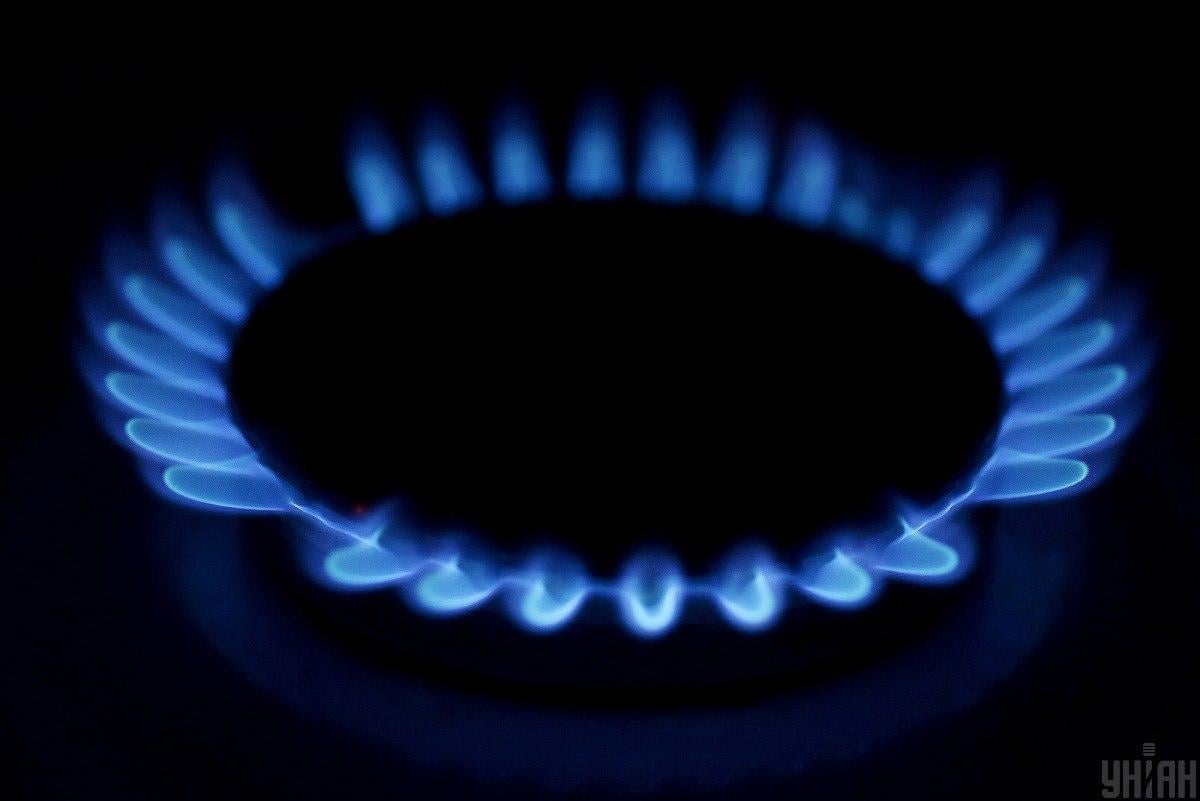
Energy 2020: Free gas market for households, rapprochement with EU
The national gas sector, which has undergone dramatic change in recent years, not only withstood the onslaught of the 2020 crisis, but also laid the foundation for future development. What can Ukrainians expect from the year 2021?
The year 2020 will go down in history as one of the most difficult ones. For Ukraine, the year has become a test for the reform that the country has been carrying out since 2014.
Today, we can say with confidence that the national gas sector, which has undergone dramatic change in recent years, has not only withstood the onslaught of the coronavirus crisis, but has also laid a solid foundation for future long-term development.
The most important event of the past year for our country was the launch of a competitive gas market for the population on August 1. From that day on, the gas price for household consumers is not set by the government, as it was before, but is formed based on the balance of supply and demand.
In a market economy, everyone benefits from competition. Consumers get better and less expensive services and products. The economy, instead of having a single monopoly company appointed by the government, sees hundreds of enterprises competing in different market segments in different regions of and don't require billions of dollars in subsidies from the state budget.
Honest businesses also win. After all, having received equal access to the market, they also have the opportunity to make money for own development.
The only losers are corrupt officials and unscrupulous businessmen, for whom a free, competitive market is an obvious threat.
Therefore, its launch was constantly postponed, but when the market actually started working in August 2020, no projected disaster happened. Moreover, six months into its launch, it is difficult to imagine how it could have worked any other way.
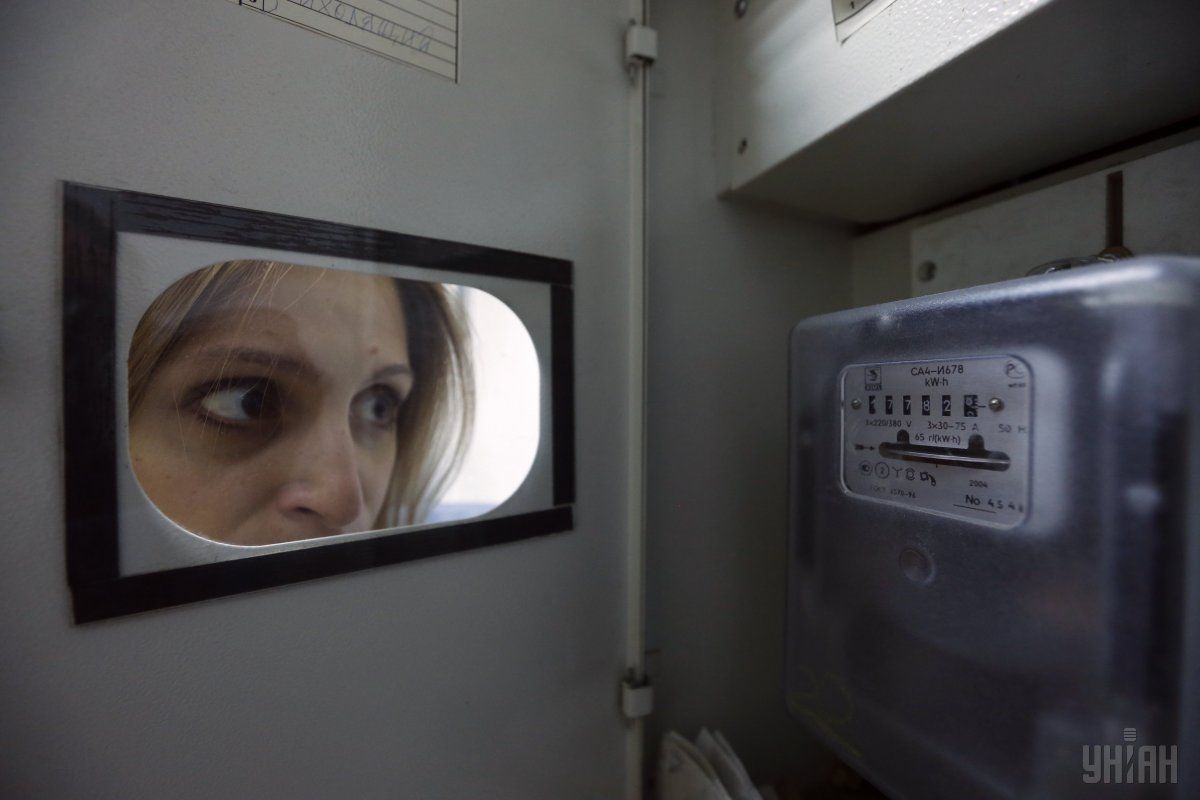
Indeed, things went not without some difficulties. Due to the long lack of reforms in the Ukrainian energy market, a lot of problems have accumulated. The most acute of these is the multibillion-dollar debt of market players to each other.
According to National Joint Stock Company Naftogaz of Ukraine, at the end of December 2020, the total debt to the state company for the gas supplied amounted to more than UAH 75 billion.
The solution to this problem will become one of the main challenges of 2021. After all, more than half of this amount is owed by heat and power plants and thermal power plants who buy gas for the generation of thermal energy.
For these enterprises, the free market should start operating from May 1, 2021. If the debt hole is not patched, then the next heating season will be in jeopardy.
Price swings
The past year will also be remembered for the extreme surges in natural gas prices. While in the summer the gas price reached record lows due to a drop in consumption and a decrease in economic activity in the leading economies, caused by the coronavirus pandemic, in December prices almost doubled, which caused natural discontent among the population.
The gas market in Europe is seasonal. Prices fall after the end of the heating season, reaching minimum values in summer and starting to rise again with the arrival of cold.
At the same time, thanks to the launch of a free market, Ukrainians were able to save on these price swings.
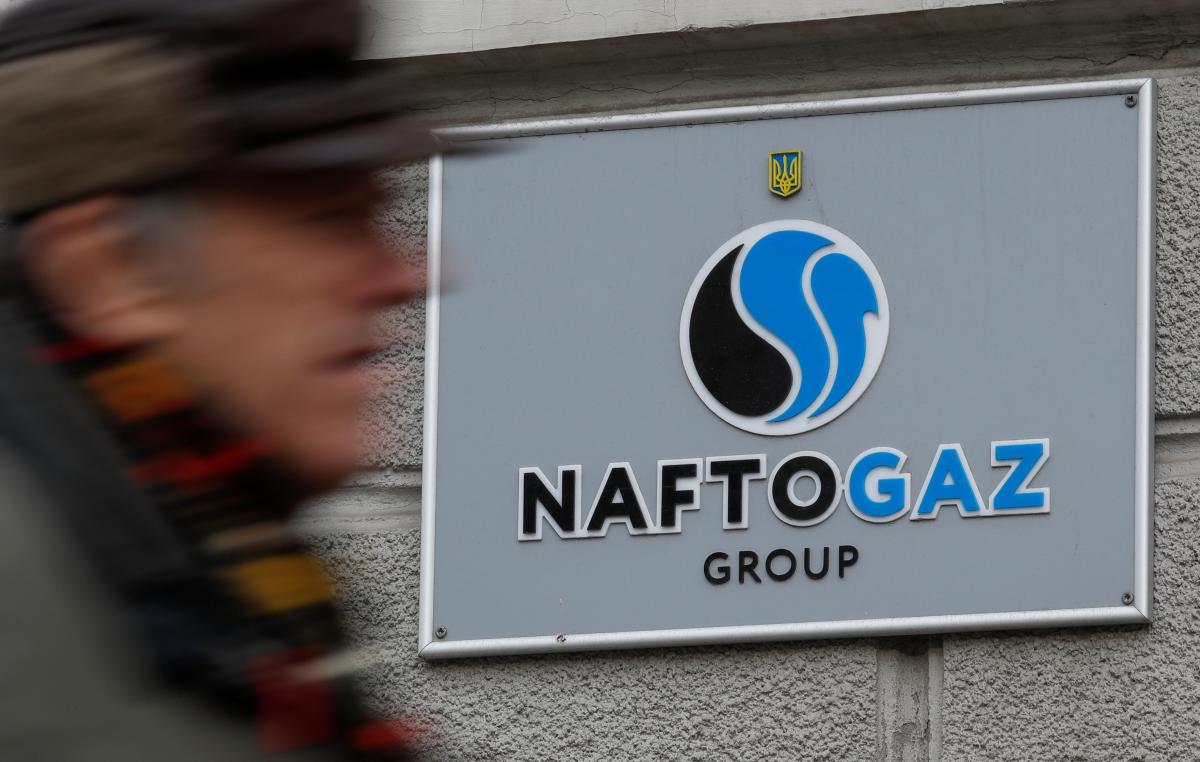
So, for example, Gas Supply Company Naftogaz of Ukraine in August 2020 offered household consumers two tariff plans: an annual gas supply contract with a fixed price of UAH 4.73 per cubic meter, as well as a monthly one, where the price of gas changes monthly, and, which in August was UAH 3.24 per cubic meter, and by December had already jumped to UAH 6.3.
That is, a client of Naftogaz who consumes in large volumes, which also increase with the arrival of cold weather, could pay in December 2020, UAH 4.7 per cubic meter instead of UAH 6.3.
With the development of competition and amid more market experience acquired, more and more such offers will be coming from a larger number of companies, which will allow consumers to select the most advantageous offer. In addition, the procedure for changing a supplier has been simplified as much as possible, which allows citizens changing their gas supplying companies annually, and maybe even more often.
Before August 2020, household consumers did not have such opportunities.
At the same time, many residents of the country are unaware of these new opportunities, which is a real failure of the government's promotion policy, which should be substantially adjusted in the coming year.
It got to the point that in December, Prime Minister Denys Shmyhal and then President Volodymyr Zelensky urged Ukrainians to choose the state holding Naftogaz of Ukraine as their natural gas supplier because of the lower price it offered.
"Naftogaz will offer the lowest prices on the market. Also, it will fight to reduce the price, despite the market situation. We have COVID-19, and people need help," the head of state said.
At the same time, already in January 2020, the gas price for the households will increase by 11-20%. The growth is also expected to prevail during the first half of the year, due to increased demand in Europe amid the easing of restrictive measures and economic recovery. A periodic drop in air temperature during the remaining winter months can also spur the rise in prices.
In addition, since January 1, the Ukrainians will see the increase in gas distribution tariffs. Tariffs were increased for over 40 distributors. For some, the cost almost doubled.
Thus, the lowest tariff for gas distribution will be paid by the consumers of Kyivgaz (31 kopiykas per cubic meter) and the highest – by the customers of Gazovik (UAH 2.55 per cubic meter).
New horizons for own gas output
By achieving complete energy independence from imports, Ukraine could also significantly reduce the energy expenses of households and businesses.
Ukraine annually produces about 20 billion cubic meters of gas with a consumption of about 30 billion cubic meters.
For all three decades of independence, the country was faced with the task of increasing output and reducing gas consumption, since the gap has to be imported, which affects the price for end consumers, and also makes Ukraine dependent on exporters.
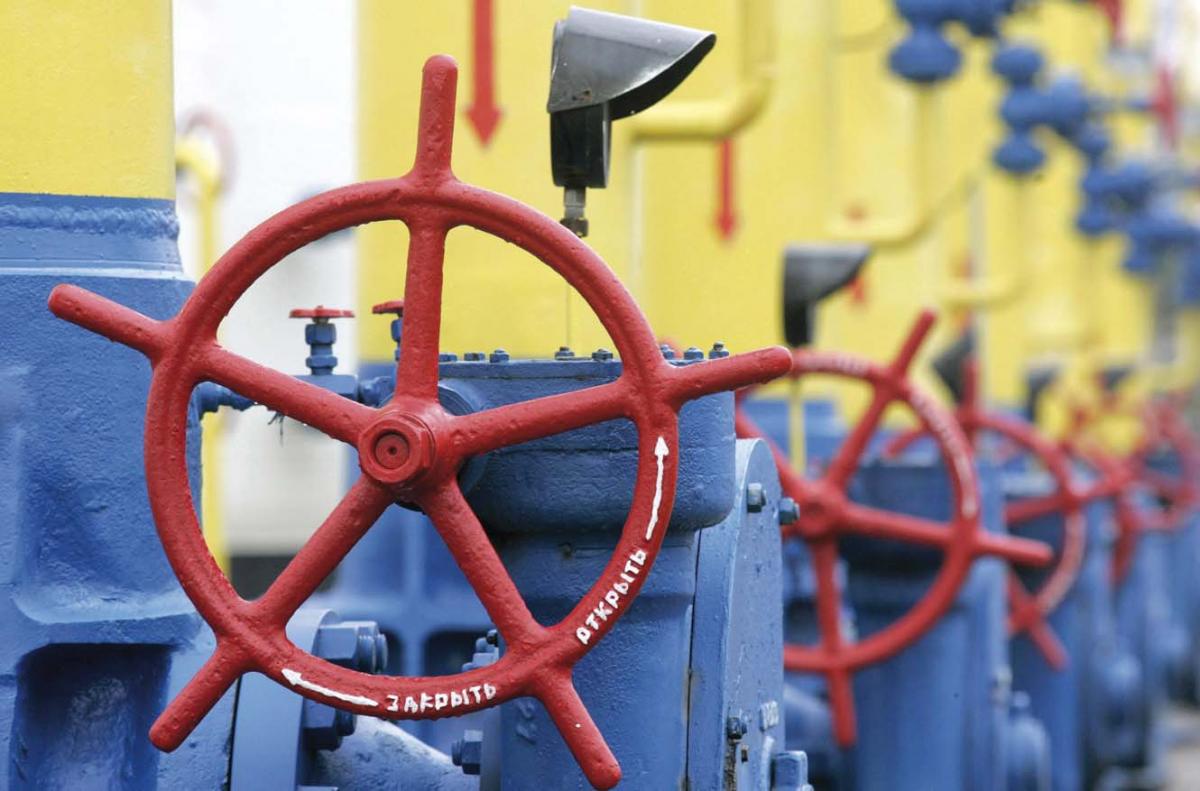
However, no tangible results have been achieved in this direction. 2020 was no exception, in which, according to the government concept for the development of the gas industry, approved back in 2016, production should have increased to 27 billion cubic meters, and consumption should have dropped to the same level.
At the end of last year, gas production in Ukraine remained at 20 billion cubic meters, and consumption – at 30 bcm. And this was despite the crisis and tens of billions of hryvnia worth of investments.
At the same time, it was last year that the foundation was laid, which should give an impetus to the development of gas production in the country for the next decade.
In early December, the Cabinet of Ministers allowed the state-owned company Naftogaz of Ukraine to obtain the right to develop the Yuzivska oil and gas bearing field located in Kharkiv and Donetsk regions – the largest shale gas field in the country, whose resources are estimated at 3 trillion cubic meters, while the baseline scenario of annual production stands at about 10 billion cubic meters.
In addition, in late November, the government also transferred to this state-owned energy holding the right to explore and produce oil and gas on the Ukrainian part of the Black Sea shelf, where gas resources are projected at 1-2 trillion cubic meters.
The implementation of these two projects will allow Ukraine to completely abandon gas imports.
However, to this end, it is necessary to resolve a number of problems that the country is yet to face.
For large-scale production at the Yuzivska field, Naftogaz needs to find a technological solution that will make commercial production of shale gas in Ukraine economically viable.
For the active development of the shelf, Ukraine must ensure security of its water area from possible Russian aggression.
Moreover, the implementation of these two projects will require, besides modern technologies, billions of dollars in investment.
Ukraine will have to attract international oil and gas corporations, which will look with apprehension at the unreformed judicial system and wait for the fight against corruption to intensify and guarantees for their investments.
These are the challenges that the country must address in the coming years.
Transit wars
Another important development of the past year was the decline in gas transit via Ukraine. Some 55.8 billion cubic meters was supplied from Russia to Europe via the Ukrainian gas transmission system, which is 38% down on year.
The largest volumes were delivered to the Slovak route – some 38.5 billion cubic meters, and 9.6 bcm – to Hungary.
3.8 billion cubic meters was supplied to Poland, 3 bcm – to Moldova, and 0.9 bcm – to Romania.
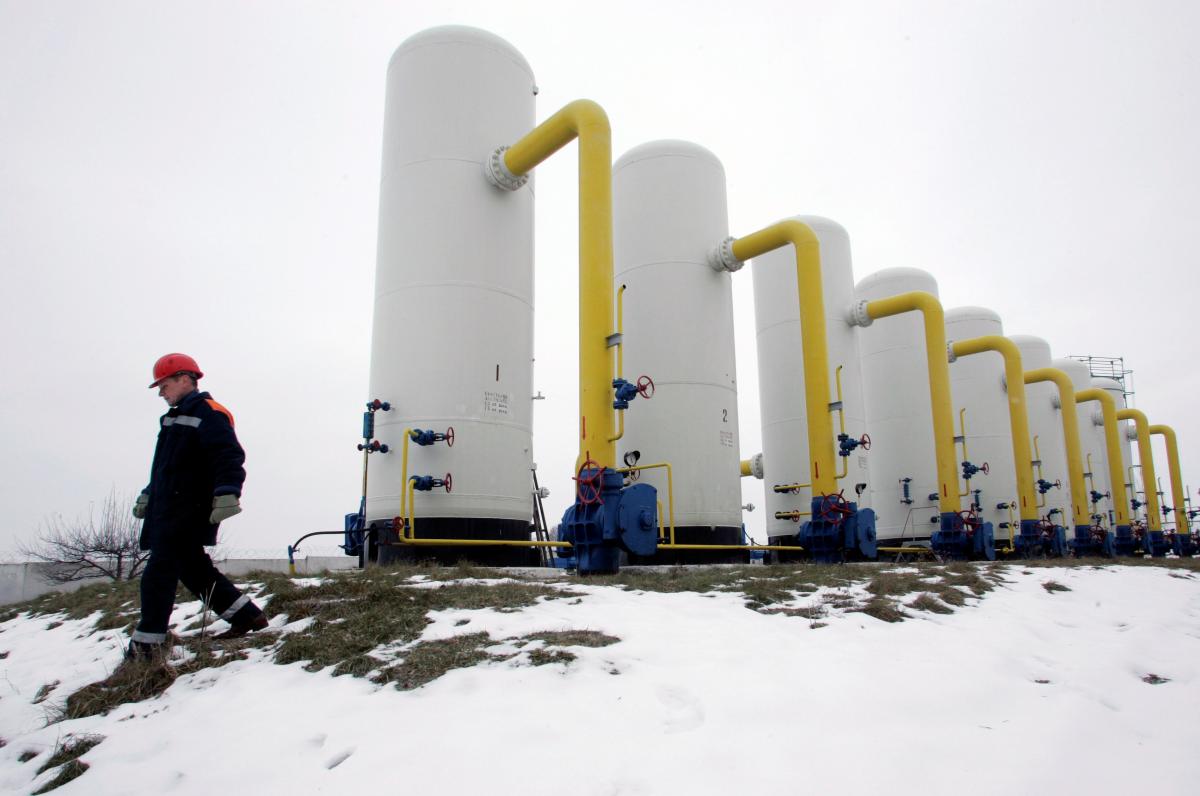
The key factor behind the decline in supplies was the launch of the Turkish Stream gas pipeline bypassing Ukraine, as well as a drop in gas demand in the European Union.
It is worth noting that the Russian Gazprom paid Ukraine for transmission services, based on the volume stipulated by the transit contract – at 65 billion cubic meters, despite the fact that the actual volumes of supplies were significantly lower.
This year, the contract provides for a significant reduction in transit through Ukraine – down to 40 billion cubic meters.
However, given the fact that Russia has difficulties in launching other bypass gas pipes, while the demand for gas may increase in Europe, Gazprom will have to pump volumes exceeding contracted ones through the Ukrainian GTS, which will cost the Russian monopoly a pretty penny.
Ukraine's gas storage facilities for European traders
A landmark event of the past year was also the record volumes of gas stored in Ukrainian storage facilities. With a capacity of over 30 billion cubic meters, more than 28 bcm was pumped in at the start of the heating season.
For the first time in many years, gas storage facilities were filled to more than 90%, while in the previous 10 years this figure fluctuated between 50% and 80%.
At the same time, for the first time a significant amount – about 10 billion, owned by foreign companies, was stored it in the "customs warehouse" mode.
This regime, which the operator of Ukrainian storage facilities Ukrtransgaz introduced back in 2017, allows traders to store gas in Ukrainian storage facilities for more than 1,000 days without paying taxes and customs duties. At the same time, companies pay the storage tariff in full.
In the end, it was a win-win for everyone. Ukraine, finally, was able to effectively manage its largest storage facilities on the continent, while foreign traders discovered a profitable business model: pumping gas into Ukrainian storage facilities while the price is low, and exporting to the EU at price peaks.
An important factor that played into the hands of Ukraine was a significant drop in gas demand across Europe in 2020. At the same time, the supply remained at the level of previous years, as if there was no crisis.
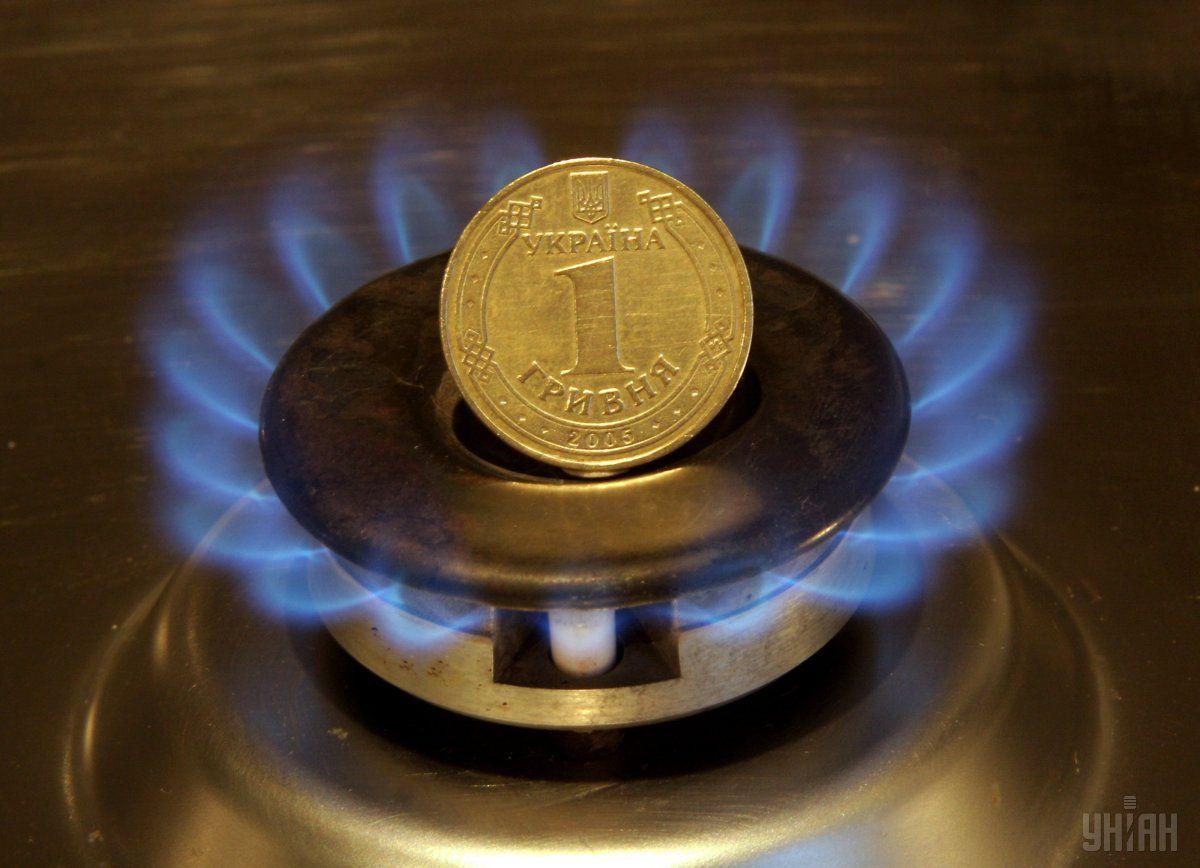
Traders, taken aback by such a turn of fate, didn't know what to do with billions of cubic meters of gas, which suddenly became useless until they focused on the Ukrainian underground storage facilities, in which they could store their gas until better times, for reasonable money.
Indeed, the country has offered foreign companies both an interesting product in the form of a "customs warehouse" regime and an attractive tariff, which is lower than in neighboring countries. However, without the reform carried out in the gas sector in recent years, it would have been impossible to achieve such results.
Thus, Ukraine was able to embrace the opportunities that the global coronavirus crisis offered.
This illustrative example demonstrates that, despite criticism coming from all sides, the country is on the right path.
These are market reforms that allow Ukraine not only to get through the global economic crises much easier than before, but also to achieve results in such difficult times, which previously seemed impossible.
Ihor Orel

